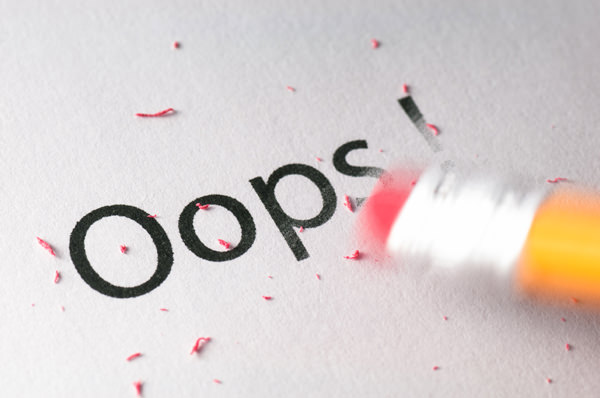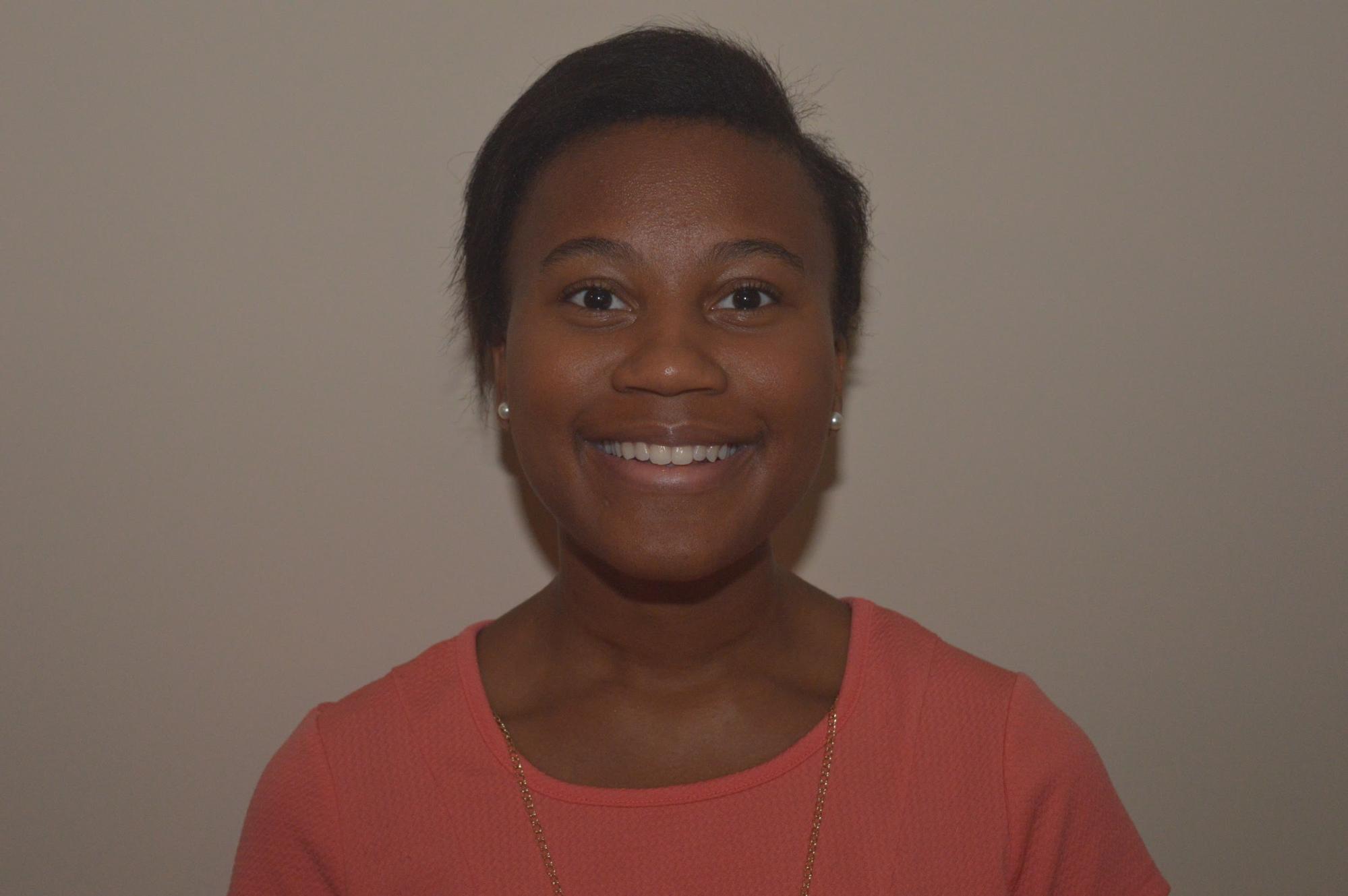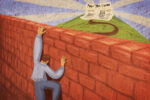During the first semester of my freshman year at the University of Alabama at Birmingham (UAB), I joined the school newspaper, The Kaleidoscope. Although I had grown up reading newspapers and magazines frequently, there were still aspects of news writing that were foreign to me.
In high school, I didn’t take any journalism classes or write for the school newspaper. In fact, I feel like I didn’t really solidify my news writing skills until after taking my first news writing course sophomore year of college for my major’s journalism concentration.
With that being said, I still feel like my first year writing for The Kaleidoscope was a transformative experience and almost as simple as getting essay help. I made a lot of mistakes, which is okay because I wouldn’t be the writer I am today without them. Although this isn’t a conclusive list, here are six mistakes I made during my first year that I’ve since learned from. Hopefully, they help you become a better, more prepared writer as well.
1. Not doing enough research before interviews
It’s very easy to skim through whatever links your editor sends your way about the assignment and think you are ready to do an interview. However, there is actually a solid amount of research that writers need to do before they even write their questions. Having good questions is nice, but having good questions based on thorough research is better.
I learned about the value of good research from taking a news writing course. It was there that I understood that without research, you will end up asking questions the interviewee has heard many times before. Taking even 15 minutes to look into the subject and any past interviews they had done helped me compose less general, more insightful questions.
2. Interviewing too many people for the story
Although there isn’t a problem with interviewing more people than you need, there is a difference between interviewing one or two extra people and 10 extra people. Some schools, like mine, may set a minimum number people reporters have to interview for each piece. Going over that number by one or two people is okay, but may pose a challenge when fitting that many quotes into a 500- to 600-word article.
I recall that for one of my assignments, I had to write a story about an art show featuring work done by UAB students. That night, I interviewed more than 10 people when I only needed to talk to three or four.
Going through my recorded interviews was overwhelming because I felt as if I needed to include portions of every interview from that night. Looking back on that assignment now, I realize that the number of people I had spoken to could’ve been cut by at least half.
When covering events, it’s not a bad idea to give yourself a maximum number of people to interview and then narrow down which interviews you include in your story later. In addition, even before attending the event, you may want to compose a list of people you think will give the best, most appropriate quotes, and talk to them first on the day of, in order to save yourself time and effort.
3. Spending too much time handwriting interviews and rough drafts
In high school, I had a habit of writing my outlines and rough drafts for papers by hand before typing up my papers; this tendency carried over into my first year of college. When writing articles, I would transcribe entire recorded interviews by hand before picking which quotes I wanted to include.
While this habit is good for organizing your thoughts and the structure of the story, it is horribly time-consuming. As college students with full course loads, part-time jobs and other extracurricular activities, it is important to save as much time as possible.
Instead of handwriting interviews and drafts, try to pay close attention during the interview, take good notes, then draft a brief outline. From there, writing an accurate, objective story should come easily, and you won’t have written out paragraphs worth of unused talking points.
4. Not using an inverted pyramid
For the non-journalism majors out there, an inverted pyramid is when an article’s information is structured from most important to least important. Let’s say you’re covering an event such as a carnival.
When using the inverted pyramid technique, you want to start with a line that hooks the reader, be it a joke or a particularly striking detail. Near the beginning of the article, make sure you include the vital details, such as who organized the carnival and the main attractions. Then, you might include some quotes from people who went to the carnival and end with someone’s opinion about the event or if the organizers plan on doing a similar outing the next year.
After learning about the inverted pyramid technique in my first news writing class, I noticed that while my stories were still edited, the changes were not as drastic as they had been. The inverted pyramid is not a difficult technique to learn. With some practice and helpful editors, you’ll catch on quickly.
5. Not collaborating with the photographer
Part of the job of reporting for your school newspaper is working closely with the photographer assigned to your stories. It’s okay (and even encouraged) to have an idea for the story’s imagery. Don’t assume the photographer has complete control over the picture.
Although I always saw the photographer at the events I covered, I didn’t really engage in conversation. I realize now that I should have been offering input prior to and during the event. Don’t feel afraid to explain your angle and the types of pictures that would go with it the best. See if you both agree.
6. Taking stories not being published personally
Early on in my first year with the UAB school newspaper, I didn’t realize that some stories were written but never published. However, as I soon learned, there are multiple reasons why a story doesn’t make publication.
If you don’t turn in your story precisely on time, some editors won’t include it in the paper. The story I wrote about the art show, for example, never made it to print — it was several hours too late (let this serve as a reminder to always check your deadlines).
Timeliness isn’t the only factor; sometimes, the editor may not agree with the style of your article. An article I wrote on the theater department’s production of “Buried Child” was cut because the editor-in-chief thought it sounded too much like an expository essay rather than an article.
Additionally, it might not be your writing at fault, but rather the quality of the photos. The headline and imagery draw the reader’s initial attention and if there isn’t any action in the picture or if it doesn’t represent the heart of the story well, even your editor might not find the article compelling off the bat. Use that as motivation to work with the photographer to get better pictures.
Anytime an article which you worked hard on doesn’t end up in the final copy of the school newspaper, it will sting. Don’t be afraid to talk to your editor about what happened and learn what you can do to increase the likelihood of your article being published next time.

















